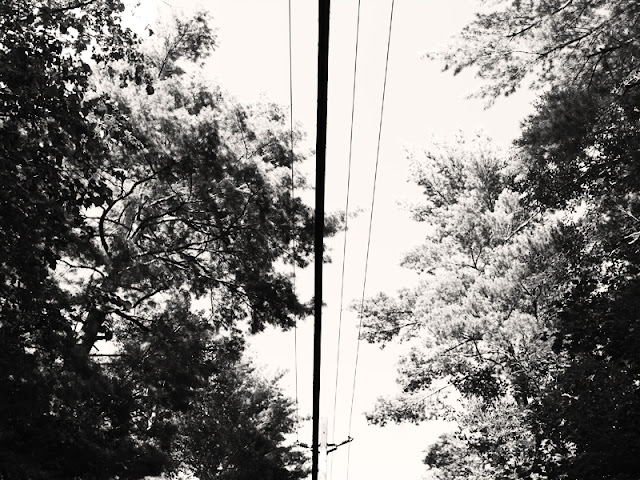Finally, I have some time to write my X100 review.
This review wasn't something I wished to rush; I've had the camera for about a month now, and I finally feel I know it well enough to offer my opinion.
First, I guess I should explain why I decided to buy it. Visually, I don't see how you can't want it... it's stunning in almost every way... a poor person's Leica. Luckily, for all its good looks, the X100 has guts that deliver constantly surprising results.
I bought it because of my constant need (OCD, ya) to document. Although most of the stuff on this blog and in my book are concept portraits or thought out images, I have a love for photo documentary work. Shooting the unexpected, unknown, unpredictable chaos that is thrown before us should not (and cannot in my case) be ignored.
This camera fit my needs perfectly. It's small, unassuming and powerful. It's fast, predictable and minimalistic. I can't help but like it.
One quirk is how silent the shutter is. I find myself checking to see if I've actually taken a photo sometimes. The shutter is almost indistinguishable and only noticeable if you and the surrounding scene are absolutely quiet. It definitely helps when you do take a photo on the street, no one pays attention to it and it allows you to take photos where you normally wouldn't.
The viewfinder is unexplainable. It's not a true rangefinder in the sense that you manually focus etc, but Fuji have figured out a brilliant way to overlay all the information (autofocus point, meter, shutter speed, ISO, aperture and other customizable options) over the optical viewfinder. It's bright, and in classic rangefinder style, it allows you to see outside the frame allowing you to lead your subject and compose much faster on the fly.
With the flick of a switch, the optical viewfinder turns into an electronic viewfinder, giving a through the lens view. This is great for getting rid of pesky parallax error. You can also view images off the card and use the menu systems through the EVF! You never have to look at the back of the camera again... awesome.
The lens lives up to the rest of the camera - it's superb. Attached is a fixed 35mm equiv. lens (the sensor is a DX or APS-C sized sensor) which lets you shoot wide open at a very respectable f/2.0. There's a built in 3 stop ND filter, which lets you easily shoot wide open in broad daylight, but stop it down a stop or two and it gets even sharper. I'm sure pixel peepers will notice some softness wide open in the corners, but it's never got in my way.
Match the fast lens with a sensor capable of 6400 ISO (expandable to 12800) and you have an "any light" system. High ISO quality is great and I consistently shoot at 1600 and 3200 without hesitation.
The colour rendition is great and even at higher ISO's the colours stay true. I have confidence in it, even though the files are almost always output in black and white (it replaced my trusty Ricoh 35mm and Tri-X). Autofocus is accurate and speedy once you understand a few of it's "quirks". It can be preset at any distance for hip firing or set in a continuous or single shot mode.
Do I regret selling my 500cm to fund this camera? NO WAY! Fuji made a beast of a camera. It has a spot over my shoulder or in my bag everywhere I go. If you find yourself in need of a small but extremely well built and powerful camera to compliment your large DSLR, I can't recommend it enough. I remember wishing there was a film camera with a shutter dial, aperture dial and digital guts... BAM
Unfortunately there are frames that I'm saving for other posts, or don't have permission to show, but stay tuned and follow my
500px account if you wish to see fresh photodoc work.






















































